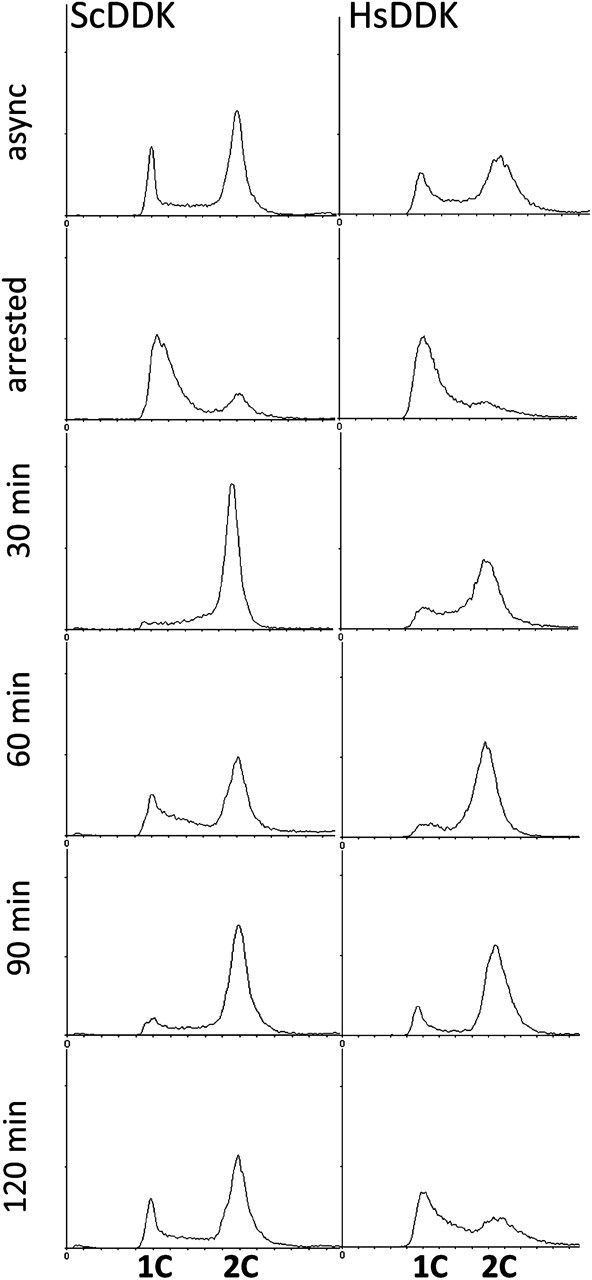When you learn about cancer, you may learn about the role of regulators in the cell cycle. These proteins control the progression of cells through the various phases of the cell cycle. If these regulators were not present, cells would grow without the necessary functions. For instance, if they did not copy their DNA, they would not enter anaphase. Consequently, the cell cycle is tightly regulated. This activity is a great review tool for biology classes at all levels.
Cell cycle regulation from regulating the cell cycle worksheet , source:mol-biol4masters.masters.grkraj.org
The cell cycle is a process in which a cell replicates itself and divides. There are different stages during this process, including the G1 and the S phases. The G1 stage occurs when the cell prepares for dividing. The S phase occurs when the cell copies its DNA. The next stage is the G2 stage, which is when the cell begins to organize its genetic material. Finally, the cell divides during the M stage, which is known as mitosis.
When a cell undergoes a cell cycle, it must pass through multiple checkpoints. Each checkpoint determines the conditions that a cell must meet before it can proceed to the next phase. If a cell does not meet the conditions of a checkpoint, it will be stopped. This can result in uncontrolled growth or even cell death. It is important to understand the function of these checkpoints and how they regulate the cell cycle.
Dynamic translation regulation in Caulobacter cell cycle control from regulating the cell cycle worksheet , source:pnas.org
The cell cycle involves a variety of different processes that check the progress of cells. This can be accomplished by regulating a certain process in a specific way. In a cell, the regulators can either promote or prevent a cell from progressing to the next phase. Some regulators act independently while others affect the activities of other regulators. If a single regulator fails to act, it may not affect the overall process, since there are multiple mechanisms controlling the same event.
The cell cycle is regulated by intracellular molecules. Some regulate the cell cycle by promoting or halting its progression. In other cases, a cell can stop the process to try and solve the problem. However, in other cases, the cell can continue to advance into the G phase and wait for the signals to clear up its problems. It may also delay the process until the condition improves. The process of regulating the cell cycle is highly complex.
PDF Regulation of cell cell interactions by phosphatidic acid from regulating the cell cycle worksheet , source:researchgate.net
The cell cycle has several distinct parts. Each stage is governed by checkpoints. In G 1 (pre-division), the cell enters a state known as G1, where it checks for the environmental conditions and signals that are favorable for replication. In some cells, the cell enters a resting state known as G2, which is a very slow phase. In mammals, cells in this stage are often called mitosis.
The cell must move through all three parts of the cell cycle to ensure that it achieves a specific goal. In a case of anemia, it might stop its cycle in G1 and then proceed to G2. If a cell can’t reach this checkpoint, it may then move into a resting state, known as G2, and wait for signals that indicate that conditions have improved. A proper attachment is necessary to reduce the chances of aneuploidy and promote the growth of the cell.
Cell Cycle Labeling Worksheet Answers Inspirational Cell Cycle from regulating the cell cycle worksheet , source:duediligencetactics.com
When the cell encounters a problem, it stops its cycle to solve it. It can either advance to G1 or G2 or stay in G1 and wait for a signal that will allow it to complete the previous phase. It can either advance into the next phase or stop it entirely. In this way, the cell can solve a problem and be successful. Its role in the cell cycle can be a key factor in determining whether it develops cancer or not.
There are three checkpoints throughout the cell cycle. At the G1 checkpoint, the cell must assess the integrity of its DNA. It can then move into the G2 checkpoint to determine if it is replicating correctly. Then, it may advance to the M checkpoint and wait for a signal when conditions improve. This process occurs during the G2 stage of the cell cycle. It can be halted at the end of a particular phase, or it can be advanced into the next phase.
Cell Cycle Labeling Worksheet Answers Inspirational Cell Cycle from regulating the cell cycle worksheet , source:duediligencetactics.com
41 New Cell Cycle Diagram Labeled diagram tutorial from regulating the cell cycle worksheet , source:myforgottencoast.com
Cell Cycle Labeled Diagram Elegant Cell Cycle Drawing Worksheet at from regulating the cell cycle worksheet , source:learnwise.co
Cancer and the Cell Cycle Worksheet Elegant Mitosis and Meiosis from regulating the cell cycle worksheet , source:incharlottesville.com
Cell Cycle Labeling Worksheet Answers Inspirational Cell Cycle from regulating the cell cycle worksheet , source:duediligencetactics.com
Different Cell Types in the Body from regulating the cell cycle worksheet , source:thoughtco.com















